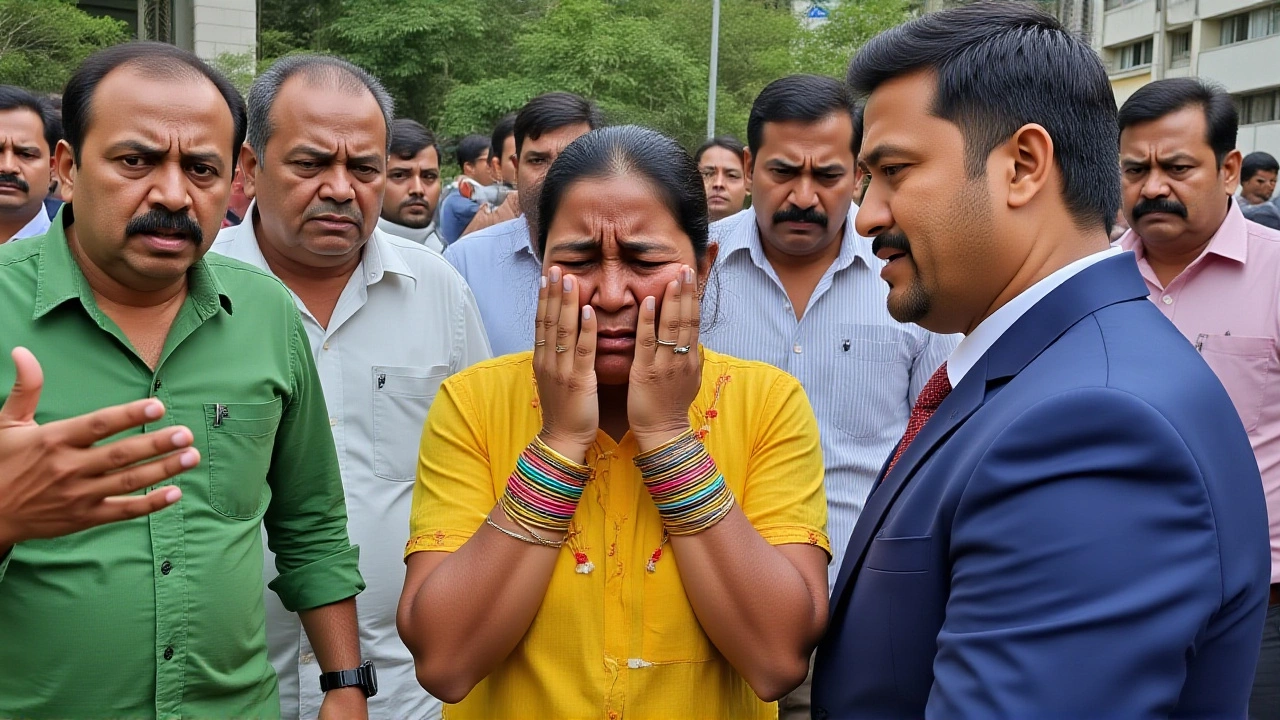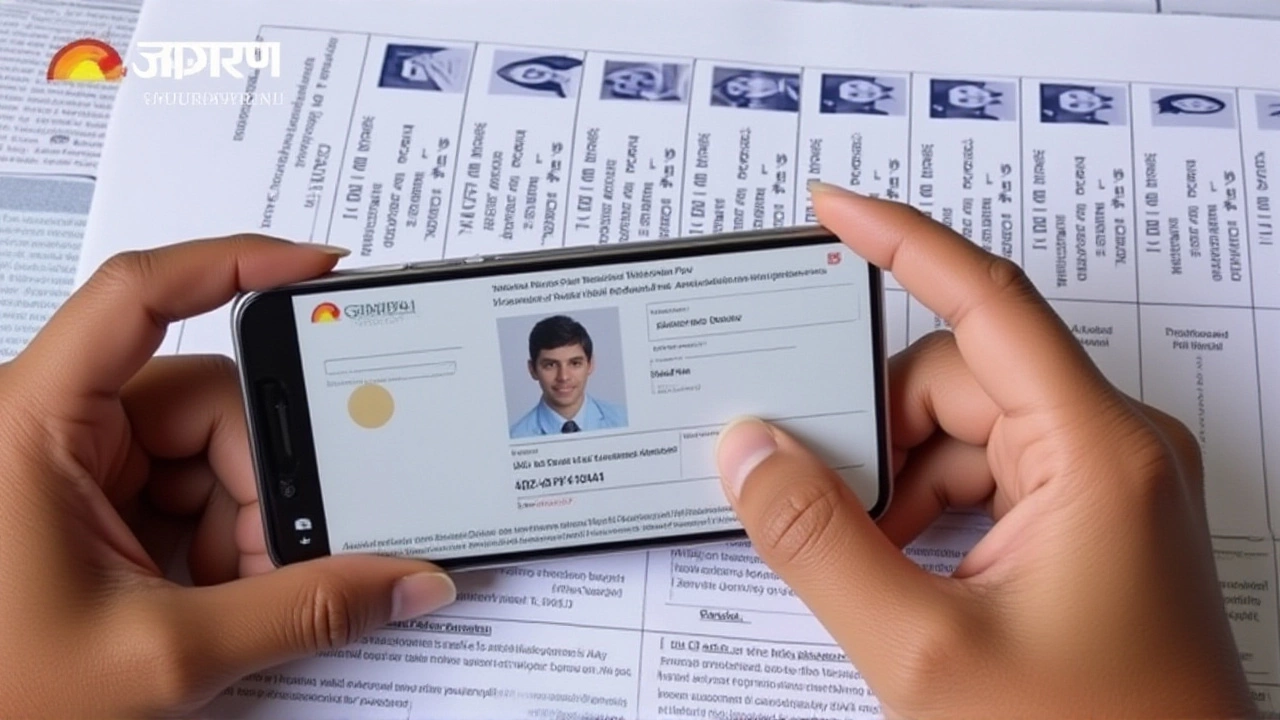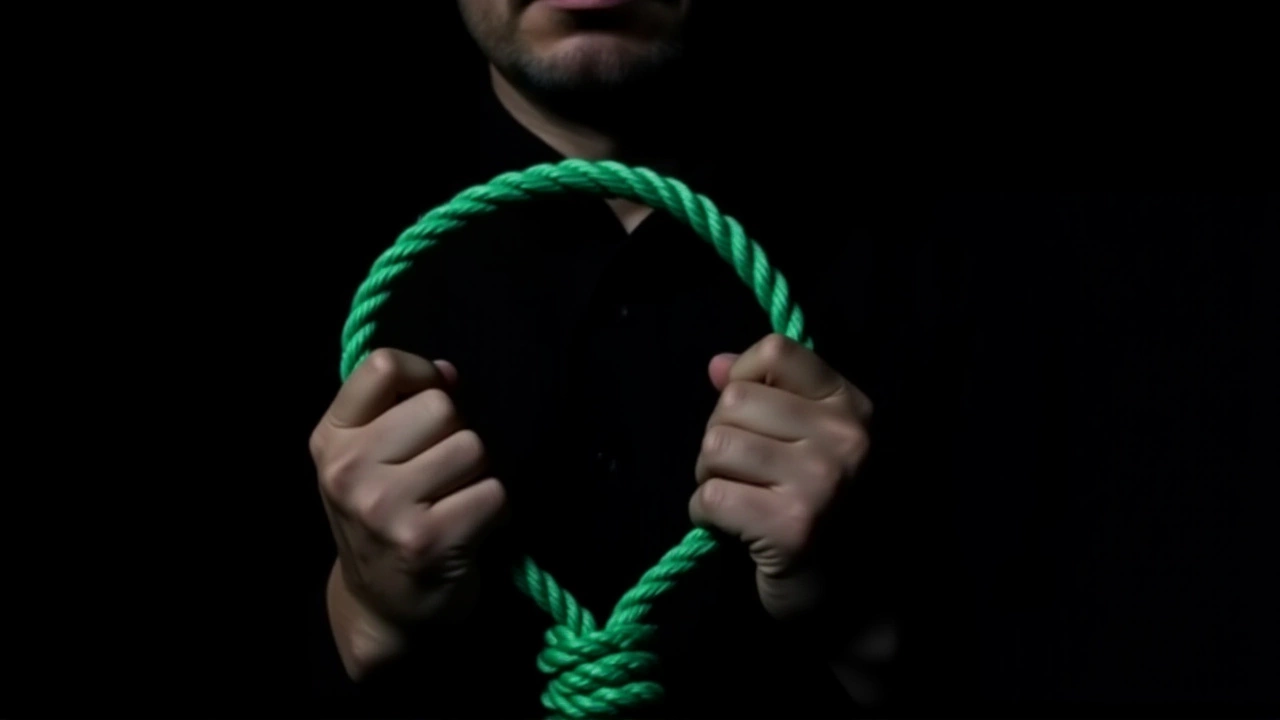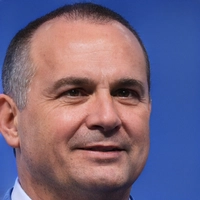When the New York City Council voted 47-2 to ban single-use plastics in all public parks last Thursday, it wasn’t just another environmental regulation—it was the final nail in the coffin for plastic bags, straws, and utensils that have littered Central Park, Prospect Park, and over 1,700 other green spaces for decades. The ordinance, effective January 1, 2026, targets items like plastic water bottles, food wrappers, and disposable cutlery distributed or sold by vendors operating within city-managed parks. The move follows a decade of mounting public pressure, growing evidence of microplastic contamination in soil and water, and a surprising shift in vendor behavior after a pilot program in Brooklyn last summer showed a 72% drop in plastic waste when compostable alternatives were offered at no extra cost.
What Led to This Decision?
It started with a single photo. In May 2023, a local photographer captured a red-tailed hawk tangled in a plastic grocery bag near the Harlem Meer. The image went viral, sparking a petition signed by over 120,000 New Yorkers. But the real turning point came when the Department of Parks and Recreation released a study showing that plastic waste in city parks had increased by 41% since 2019, despite annual cleanups costing $8.3 million. "We were spending more money cleaning up trash than we were saving on recycling," said Deputy Parks Commissioner Lillian Wu during a hearing last November. "It’s not just unsightly—it’s toxic. We’re seeing birds and squirrels with plastic in their stomachs. This isn’t nature. This is negligence."
The Details: What’s Banned and What’s Not
The ban applies to all items made of virgin plastic that are designed for one-time use and not intended for reuse. That includes plastic bags (even "compostable" ones that don’t break down in urban compost systems), plastic straws, stirrers, and cutlery. But it doesn’t touch plastic containers used for pre-packaged food sold in park kiosks—those will still be allowed if they’re labeled as recyclable. Vendors must switch to certified compostable materials made from plant fibers or paper, or face fines of $250 per violation. The city will provide free starter kits to 1,200 food vendors by October, funded by a $4.2 million allocation from the Green Infrastructure Bond.
How Vendors and Visitors Are Reacting
At first, many vendors grumbled. "I’ve been selling ice cream in Central Park for 18 years," said Maria Delgado, owner of "Delgado’s Frozen Treats." "Switching to paper cones and wooden spoons? It’s going to cost me $12,000 a year more. And customers? They’ll complain it’s not as convenient." But Delgado changed her tune after testing the new packaging last July. "Turns out, people like it. They take pictures of the cute paper bags. One kid told me, ‘This looks like a picnic in the woods.’"
Visitors, too, are warming to the change. A survey conducted by the NYC Parks Department found that 68% of park-goers supported the ban, with 54% saying they’d visit more often if parks felt "cleaner and more natural." Even the tourist industry, initially wary, has come around. "We’ve been training our guides to explain the ban as part of New York’s environmental leadership," said David Chen of NYC Tourism Alliance. "It’s becoming part of the city’s brand."

The Ripple Effect: Beyond Parks
This isn’t just about parks. It’s a blueprint. Philadelphia and Boston have already signaled they’re drafting similar measures. And the state legislature is considering a broader ban on single-use plastics in all public spaces by 2027. The real impact? According to the Environmental Protection Agency, if New York’s model is replicated in the 10 largest U.S. cities, it could eliminate 1.2 billion plastic items from landfills annually—equivalent to 1,800 garbage trucks worth of waste.
What’s Next? Challenges Ahead
Still, hurdles remain. Not all compostable materials are created equal. Some degrade only in industrial facilities, which New York lacks in sufficient numbers. The city plans to open three new composting hubs by 2026, but environmental groups are pushing for faster action. "We’re not asking for perfection," said Priya Mehta of GreenNYC. "We’re asking for honesty. If it says ‘compostable,’ it better actually break down in our soil."
Another concern: equity. Low-income neighborhoods with fewer park amenities may feel the burden more acutely if vendors raise prices to cover costs. To address this, the city has pledged to subsidize 40% of the transition costs for vendors in neighborhoods with median incomes below $50,000. "This can’t be a luxury for wealthier parks," said Councilmember Jamal Reynolds, who represents the Bronx. "It’s a right for every New Yorker to breathe clean air and walk on soil free of plastic.

Why This Matters to You
Think about your last picnic. That plastic fork you tossed? It doesn’t vanish. It breaks into microplastics, seeps into groundwater, and ends up in the fish you eat. New York’s ban isn’t just about aesthetics—it’s about health. A 2024 study from Columbia University found detectable levels of plastic polymers in 92% of soil samples taken from city parks. The same chemicals are linked to hormonal disruption in humans. This ban isn’t radical. It’s overdue.
Frequently Asked Questions
How will this affect vendors in city parks?
Vendors must switch to certified compostable or paper-based alternatives for all single-use items. The city will provide free starter kits worth up to $3,000 per vendor and subsidize 40% of transition costs in low-income areas. Fines of $250 per violation will apply, but compliance has been high in pilot zones, with over 85% of vendors adapting without price hikes.
Are all plastic items banned, even in pre-packaged food?
No. Pre-packaged food sold in sealed containers—like bottled water or candy bars—is exempt, as long as the packaging is labeled recyclable. The ban targets items distributed or sold directly by vendors, such as plastic utensils, straws, and bags. This distinction keeps the ordinance focused on avoidable waste, not consumer convenience.
What happens to the compostable materials after use?
The city is building three new industrial composting hubs by 2026 to process park waste. Until then, compostable items will be collected separately and sent to regional facilities in New Jersey and upstate New York. Critics note this isn’t ideal, but officials say it’s a necessary step while infrastructure expands. The goal is to have 100% of park compostables processed locally by 2028.
Is this ban really going to reduce pollution?
Yes. The pilot program in Brooklyn’s Prospect Park cut plastic waste by 72% in six months. Citywide, officials estimate 150 million single-use plastic items will be eliminated annually. That’s the equivalent of removing 2.4 million plastic bags from the environment each year—enough to circle Central Park 17 times. Long-term, it could reduce microplastic levels in park soil by up to 40% within five years.
Why not just increase recycling instead?
Because recycling plastic from parks doesn’t work. Less than 8% of plastic waste collected in city parks is actually recycled—the rest contaminates recycling streams or ends up in landfills. Single-use plastics are designed to be cheap and disposable, not recyclable. Reducing them at the source is more effective than trying to clean up after the fact.
Will other cities follow New York’s lead?
Already, Philadelphia and Boston have formed task forces to study the model. Chicago and Seattle are watching closely, with environmental groups lobbying for similar ordinances. If New York’s results show measurable improvements in soil health and public satisfaction, a national wave of park-based plastic bans could begin as early as 2027.

